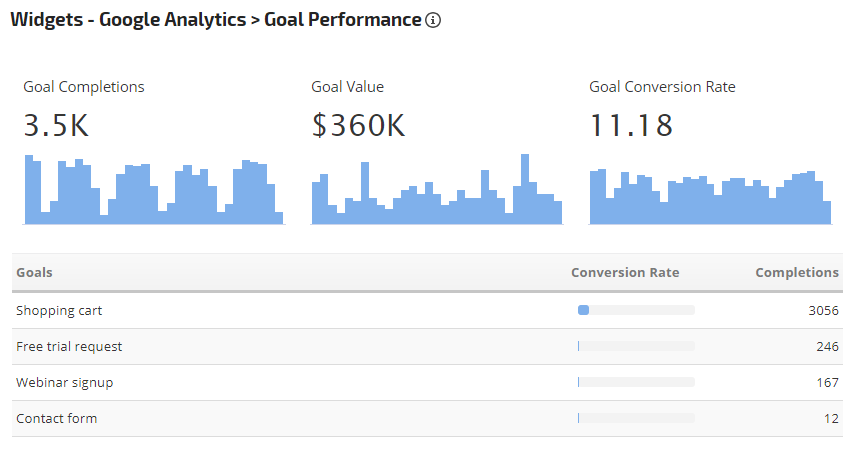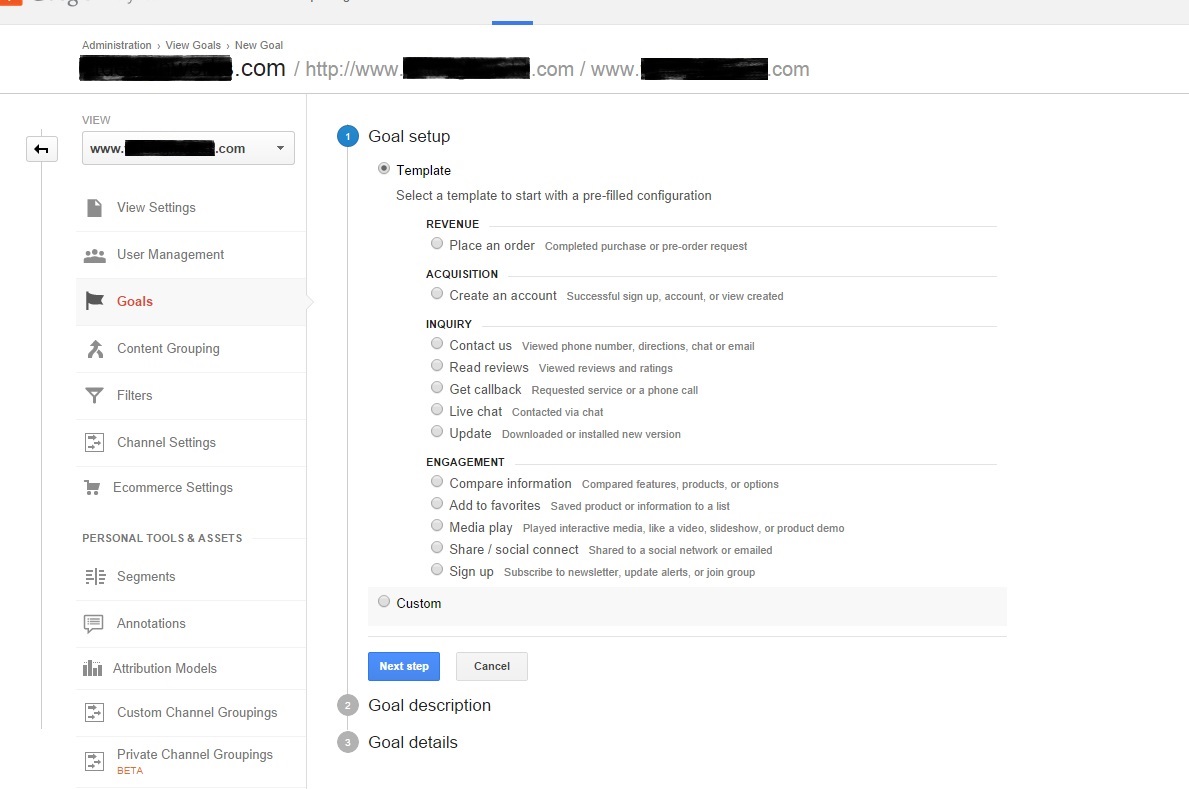Secret Insights on What Data Is Google Analytics Goals Unable to Track
Secret Insights on What Data Is Google Analytics Goals Unable to Track
Blog Article
Discover the Limitations of Google Analytics Goals: Introducing the Information Kind That Remain Untrackable
As businesses significantly rely on data-driven decision-making, understanding the limitations of devices like Google Analytics comes to be critical. While Google Analytics Goals offer valuable insights right into individual interactions, there exist data kinds that avoid tracking, positioning challenges to a thorough understanding of individual behavior.
Insufficient Individual Trip Tracking
Insufficient individual trip tracking within Google Analytics can prevent the ability to precisely evaluate individual habits. When the customer trip is not totally tracked, there are voids in the information that avoid an extensive understanding of how individuals communicate with a web site. This lack of understanding can cause missed opportunities for optimization and renovations to the customer experience.
One common issue with incomplete user trip monitoring is the lack of ability to see the complete path that customers take previously finishing an objective or leaving the site. Without this information, it is testing to determine where users might be encountering challenges or friction points that avoid them from transforming. In addition, incomplete monitoring can cover the impact of certain advertising initiatives or web site adjustments on individual actions.
To address this constraint, it is important to establish appropriate monitoring systems within Google Analytics to catch the whole individual trip. This might involve setting up occasion tracking, objective funnels, or utilizing tools like Google Tag Manager to guarantee that no important interactions go unrecorded. By gaining a detailed sight of the user journey, website owners can make even more educated decisions to boost user involvement and drive conversions.
Acknowledgment Challenges
Navigating through acknowledgment obstacles in Google Analytics needs a thorough understanding of exactly how different touchpoints add to the overall conversion process. Acknowledgment obstacles emerge from the intricacy of contemporary consumer trips, where users connect with numerous networks before converting. Google Analytics offers various attribution versions like first touch, last touch, and straight, each providing a different point of view on how credit is appointed to touchpoints along the conversion path. These versions may not always properly mirror the true impact of each touchpoint on the conversion.
One typical acknowledgment obstacle is the problem in attributing conversions to the proper source, particularly in instances where customers communicate with numerous channels prior to transforming. This can result in errors in figuring out which advertising efforts are driving one of the most conversions. Additionally, cross-device tracking presents an additional attribution difficulty, as users usually switch between tools throughout their journey, making it challenging to track their communications flawlessly. Online marketers need to very carefully evaluate and translate attribution data to make informed decisions and enhance their advertising and marketing techniques successfully.
Offline Conversions
Given the challenges related to associating conversions precisely in online networks, the dimension of offline conversions provides a significant chance for marketing experts seeking an extra extensive understanding of their customers' journey. Offline conversions describe activities that clients take in the real world, such as making purchases in brick-and-mortar shops or over the phone, going to occasions, or involving with published materials - what data is google analytics goals unable to track. These conversions are essential for organizations that run both online and offline, as they provide beneficial insights into the effectiveness of advertising and marketing projects across various touchpoints
Tracking offline conversions commonly positioned a substantial difficulty for marketers, as it was testing to connect these actions back to certain on the internet interactions accurately. Nevertheless, with innovations in modern technology, such as the combination of CRM systems, unique identifiers, and coupon codes, companies can now bridge the void in between online and offline data to acquire a much more alternative sight of customer habits. By properly measuring offline conversions, marketers can enhance their strategies, assign resources extra successfully, and ultimately improve the overall customer experience.
Cross-Device Monitoring
Cross-device monitoring plays a crucial duty in comprehending the interconnected nature of consumers' digital interactions across several gadgets. In today's omnichannel world, where individuals flawlessly switch in between tablets, desktops, and smartphones, tracking their habits across these tools is essential for online marketers to gain a detailed view of their customer trip.

Furthermore, personal privacy worries and policies such as GDPR and CCPA have better difficult cross-device tracking. With users demanding even more control over their information and increased constraints on tracking technologies, marketers have to find privacy-compliant and cutting-edge means to link individual communications across gadgets.
Dynamic Content Involvement
Comprehending user Click Here engagement with vibrant content is crucial in enhancing digital advertising and marketing approaches for enhanced audience communication. Dynamic material describes website aspects that change based upon customer habits, preferences, or various other aspects, using a tailored experience. Nevertheless, tracking user communications with vibrant content poses challenges for conventional analytics tools like Google Analytics.
While Google Analytics can track basic communications like clicks and web page sights, it might struggle to capture more nuanced engagements within vibrant content. what data is google analytics goals unable to track. Metrics such as time spent on details vibrant elements, float actions, or interactions within pop-ups are commonly not easily quantifiable using basic monitoring methods. This limitation impedes marketing experts' capability to index fully understand how customers are involving go to my site with vibrant content and customize their techniques as necessary

Verdict
In conclusion, Google Analytics objectives have constraints in tracking incomplete customer trips, attributing conversions properly, recording offline conversions, tracking cross-device interactions, and determining vibrant material involvement. These constraints highlight the value of exploring extra monitoring techniques and tools to gain a much more extensive understanding of individual actions and conversions past what Google Analytics can supply.
While Google Analytics Goals deal valuable insights right into individual interactions, there exist data kinds that avoid tracking, posing difficulties to a comprehensive understanding of customer habits.Insufficient user journey tracking within Google Analytics can impede the ability to precisely evaluate customer habits. When the individual journey is not fully tracked, there are gaps in the data that protect against a comprehensive understanding of just how individuals communicate with a website.One common problem with incomplete customer trip monitoring is the failure to see the full path that users take in the past completing a goal or leaving the website. By getting an extensive sight of the user trip, site owners can make more enlightened decisions to improve user engagement and drive conversions.
Report this page